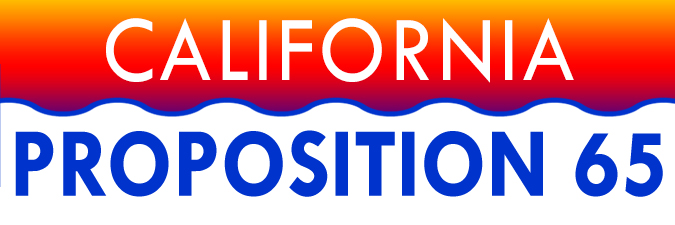California Proposes Regulations for Exposures to BPA under Prop 65

BPA was listed as a reproductive toxicant on California’s Proposition 65 last year and the duty to warn for potential exposures to BPA becomes effective on May 11, 2016. Industry has been working for the past 10 months with California’s Office of Environmental Health Hazard Assessment (OEHHA) to establish a safe harbor level, known as a maximum allowable dose level (MADL) for BPA, but little progress has been made by the Agency. In lieu of the upcoming deadline, OEHHA has issued two proposed regulations: 1) an emergency regulation for exposure to BPA through ingestion, which permits temporary point of sale warning signage for canned and bottled food and beverages, and 2) a proposed regulation which sets a safe harbor level of 3 mcg/day for dermal absorption of BPA from solid materials.
Background
The Safe Drinking Water and Toxic Enforcement Act of 1986, also known as Proposition 65, requires the State of California to publish a list of chemicals “known to the state to cause cancer or reproductive toxicity.” The law also prohibits knowingly exposing any individual to a listed chemical without first providing a "clear and reasonable warning" to such individual.
Warnings are not required when exposures are “insignificant.” An exposure is insignificant if it can be shown that the it poses no significant risk assuming lifetime exposure at the level in question for listed carcinogens (the “no significant risk level” or “NSRL”), or that it will have no observable effect assuming exposure at 1,000 times the level in question for listed reproductive toxicants (“maximum allowable dose level” or “MADL”). California has established NSRLs and MADLs (safe harbor levels) for a number of listed carcinogens and reproductive toxicants. The use of OEHHA safe harbors is voluntary, and the regulations allow a business to calculate its own NSRL or MADL, but those levels may be challenged in an enforcement action.
BPA was listed under Proposition 65 as a reproductive toxicant on May 11, 2015 and the effective date of the warning requirement is May 11, 2016. Recently, however, OEHHA indicated that it was not going to propose a MADL for exposure to BPA from ingestion before the May deadline due to concerns regarding the sufficiency of data. In the absence of a proposed safe harbor level, industry faced a difficult compliance situation given OEHHA’s position on existing data. Last week, OEHHA announced proposed regulations for BPA compliance, with respect to both ingestion and dermal absorption, as follows:
Exposure -- Ingestion
-
OEHHA posted a proposed an emergency regulation to permit temporary point of sale warning signage for canned and bottled food and beverages. The emergency safe harbor language, which is inoperative one year after the date of adoption (unless reenacted by OEHHA) is:
WARNING: Many cans containing foods and beverages sold here have epoxy linings used to avoid microbial contamination and extend shelf life. Lids on jars and caps on bottles may also have epoxy linings. Some of these linings can leach small amounts of bisphenol A (BPA) into the food or beverage. BPA is a chemical known to the State of California to cause harm to the female reproductive system.
-
“Point-of-sale” means the area within a retail facility where customers pay for foods and beverages, such as the cash register or check-out line where the warning sign is likely to be seen and understood prior to the consumer purchasing the canned or bottled food or beverage. Point-of-sale also includes the product display page or electronic check-out functions for products sold over the internet.
-
The current regulations do not expressly permit standard point-of-sale warnings for consumer products that cause exposures to listed chemicals, and OEHHA hopes to set a proposed MADL for exposures through ingestion during the period covered by the proposed emergency regulation.OEHHA concluded that the situation qualified as an emergency because if there was no regulation in place by May 11, 2016, manufacturers and retailers might remove canned and bottled food and beverage items from store shelves, or might place multiple and inconsistent warnings on products and throughout a retail facility, resulting in confusion and unnecessary adverse impacts on public access to nutritious food, particularly for California’s most vulnerable communities.
-
After submission of the proposed emergency regulation to the Office of Administrative Law, interested persons have five calendar days to submit comments.
Exposure -- Dermal Absorption
OEHHA also posted a notice of proposed rulemaking to establish a MADL of 3 micrograms/day for dermal absorption of BPA from solid materials. Comments are due by May 16.